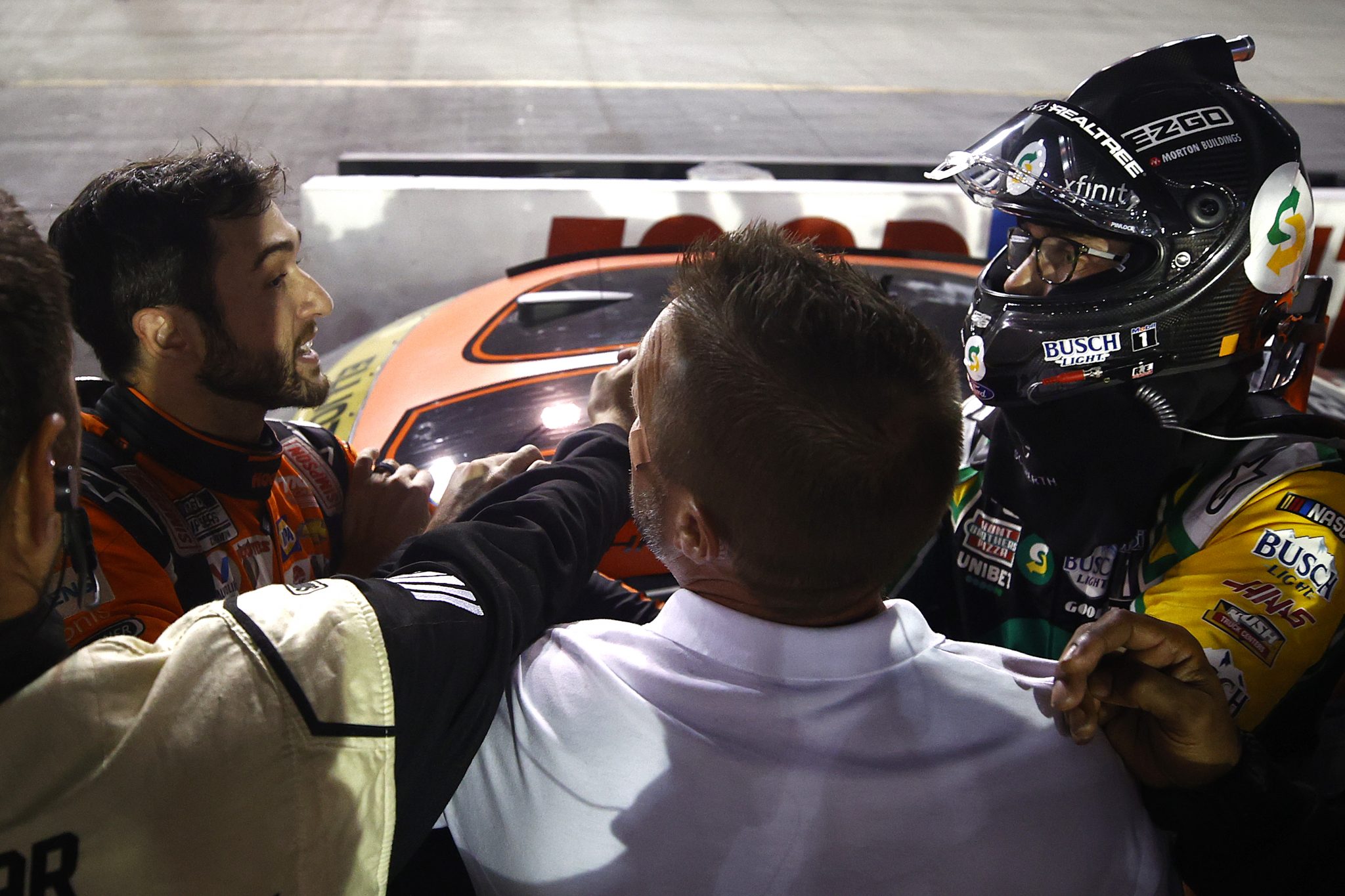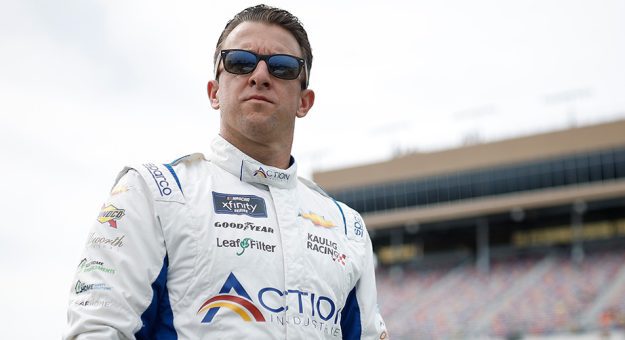
If you are a NASCAR fan and dream of getting a NASCAR-free pass, These are the things to remember before you apply for a NASCAR pass. Drivers who have fallen more than one lap behind during the real race are not eligible for a free pass. They will not be able to make up any lost time in the real race. Drivers who lose more than two laps in front of the leader do not qualify for a free pass.
Since 2003, 94 passes for free have been distributed
The NASCAR-free pass is a rule which has been in force since 2003. It gives the first lap leader a lap back after a caution flag is displayed. The rule was a compromise between fans and teams concerned about safety during a race restart.

Free passes have been distributed at 94 races since 2003. The first free pass was given out by race announcer Mike Joy during the 2004 Subway 400 broadcast. The term is also used by Larry McReynolds and by the Mars Corporation, which sponsors the #38 Robert Yates Racing Ford. Other media outlets include Fox Sports and MRN Radio who use the Free pass in their graphic packages.
Loopholes within the rule
Critics claim that the NASCAR rules' free pass rule unfairly favors the leader. To qualify, a driver must be one lap behind the leader. However, they do not need points. A driver must be at least one lap behind the leader before a yellow is issued. The rule doesn't work in every race and isn't always followed.
In 2003, the free pass rule was established to improve safety. It was designed to give the leading car a lap back if the caution flag is raised. Some drivers have misused this rule, and are using it in the wrong way. For example, Joey Logano spun out in New Hampshire in June and received a free pass, allowing him to pit and get more fuel.

Drivers receive laps back because of freak incidents
Formula One drivers receive laps back if they have an accident that causes them to lose control. One such case occurred in August when the British driver Justin Wilson was injured by debris flying from another car. Sage Karam was thrown from his car into a barrier at over 200 mph. Wilson was injured by the debris that fell on his helmet. He later died. His father described the incident as a freak accident.
FAQ
What is a pitstop?
Pit stops are when you stop driving and allow someone else to drive. It is also called a pitlane.
Which country has more car races than any other?
USA - Over 100 countries hold car racing. The USA holds the most car races with over 300 per year.
Why does race car driver wear special clothing?
Many race car drivers sport special clothing.
These clothes keep them cool during races.
The fabric prevents sweaty skin from getting on their bodies.
It also protects the skin from being blown away by the wind.
How much does it take to join a race
It all depends on the event. There are some events that charge entry fees and others that don't.
You may need to pay for some events before you can enter. Other events will allow you to enter for free.
What is the number of different types and styles of car racing?
There are two main categories of car racing: open-wheel and closed-wheel. IndyCar and NASCAR Champ Car Formula One are all open-wheel races. Closed-wheel races include Formula 3000, DTM, GP2, etc.
What type of race cars do race car drivers use to drive?
Engines usually power modern-day racing cars. These engines are very similar to those used in normal passenger cars.
Instead of using petrol they run on compressed Air.
Which is the most popular type of car-racing?
Formula 1 Grand Prix, the world's most prestigious motorsport title, is held annually. It was originally held in 1950.
Statistics
- According to thepostgame.com, “The Daytona 500 is one of four ‘restrictor plate' races on NASCAR's calendar, given both safety and competitive concerns for the long track and its famous 31-degree banking in its four corners.” (defensivedriving.com)
- According to Toyota, the 390-hp-plus 2019 Yaris WRC runs out of gearing after 124 mph, 19 mph less than the crazy Yaris GR that's currently sitting on dealer lots outside of the U.S. BONUS: (motortrend.com)
- Forget the 200-mph battles of the late 1980s; no one, not even McLaren itself, predicted the inimitable F1 would go as fast as it did. (motortrend.com)
- This change may give an improvement of up to 29% fuel efficiency. (en.wikipedia.org)
- In 2009, the slick tires returned as a part of revisions to the rules for the 2009 season; slicks have no grooves and give up to 18% more contact with the track. (en.wikipedia.org)
External Links
How To
How can I make a living as a driver?
If you are serious about racing professionally, you will likely need to earn money in order to be eligible for a championship. While training for the next race, many racers have full-time jobs. Others make a living selling merchandise or being endorsers during their spare time. Still, others participate in paid test sessions to see if they have what it takes to be a professional driver.